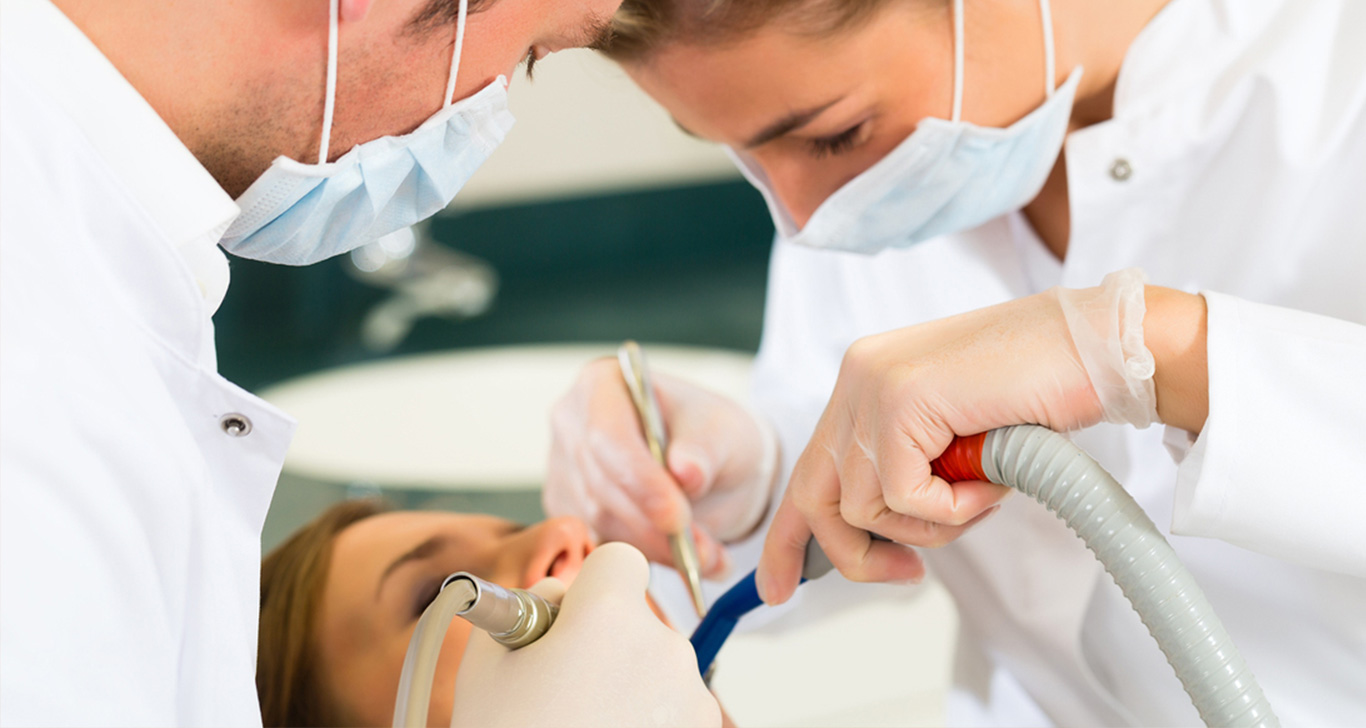GENERAL ANESTHESIA
In which situations can dental treatment under general anesthesia (by putting the patient to sleep) be applied?
Dental treatment under general anesthesia can be performed, provided there are no significant health problems, in the following cases:
In very young children or children who cannot cooperate with treatment.
In individuals with disabilities who have significant neurological problems or physical impairments that make treatment in a dental chair impossible.
In individuals with a severe and insurmountable fear of dental treatment resulting from past experiences.
In patients who do not have time for multiple appointments and wish to complete weeks’ worth of dental treatments in a single session.
After evaluating the panoramic radiographs and clinical examination results, the nature of the planned treatment is explained to the patient or their relatives. Once mutual agreement on the treatments is reached, the following procedures are carried out in order:
The anesthesiologist directs the patient for the necessary pre-operative tests.
If no medical contraindications are found, the patient is prepared for treatment by the anesthesiologist on the scheduled day.
Our operating team completes the dental treatments.
After the patient is awakened and has fully recovered, a final check is performed, and the procedure is concluded.
What is sedation?
It is a state of deep sleep, created by an anesthesiologist with certain medications, during which the patient remains conscious.
This is not a general anesthetic. The patient can follow commands from the dentist. It is possible for a dialogue to occur between the patient and the dentist. When the dentist tells the patient to open their mouth, the patient can do so easily. During the procedure, the anesthesiologist monitors the patient’s pulse and blood pressure.
This method, defined as a state of depressed consciousness where the patient can maintain their own airway and respond appropriately to physical stimuli and verbal commands, often results in pediatric patients not even remembering their visit to the dentist afterward.
Following the operation, due to the effects of the medication, the patient will not remember the dental procedure, any pain, unpleasant sounds, etc., and thus is not exposed to psychological trauma. This will make it easier for the patient to attend subsequent dental appointments.
Is it safe?
Conscious sedation is extremely safe for both adults and children. It has no known side effects. In adults, it is administered intravenously. The dosage is adjusted according to weight. For children, there are oral (syrup), rectal, and intranasal (through the nose) methods of administration. Additional doses can be given depending on the duration of the dental treatment.
It is possible to perform many dental treatments in a single session (such as extractions and fillings). Half an hour after the procedure is finished, the patient is typically ready to go home. It is recommended that they do not drive, avoid strenuous activities, and get some rest. It is also advised that the patient comes to the dental appointment with a companion.
Considering the advantages it provides for both the patient and the dentist, the effort and time spent on conscious sedation for suitable patients is well worth it.
What are its purposes?
In addition to creating a comfortable and safe environment for the patient, it completely eliminates fear and removes anxiety.
It raises the pain threshold, ensuring you do not feel pain.
By eliminating dentist-related stress and preventing unwanted reflexes, it provides an extremely comfortable working environment for the dentist.
It prevents psychological trauma that could leave deep and lasting impressions, especially in children prone to fear.

